10 Food Innovations By Black Americans That Shaped U.S. Cooking
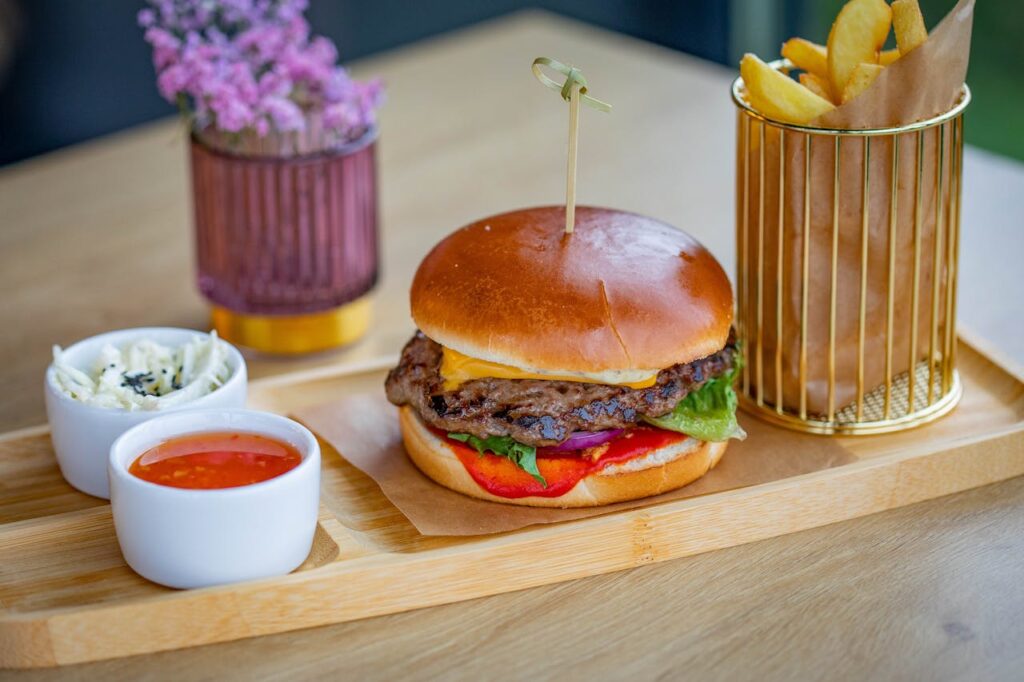
Black Americans have profoundly influenced how the United States grows, cooks, and enjoys food. From the early expertise of enslaved Africans in rice farming to the creative cooking of freed communities, their innovations shaped Southern and national cuisines. Many techniques, ingredients, and dishes that define American comfort food trace back to African roots and the resilience of Black cooks. Their contributions go beyond recipes, influencing food systems, restaurant culture, and culinary traditions that continue to shape how Americans cook, gather, and celebrate today.
1. Rice Cultivation in the Carolina Lowcountry

Enslaved West Africans brought deep agricultural knowledge of rice to the Carolina Lowcountry, transforming wetlands into rich farmlands. They applied advanced irrigation and soil management techniques to cultivate the prized Carolina Gold variety, which became a cornerstone of Southern cuisine and economy. Their innovations in water control, planting, and harvesting produced abundant yields and distinctive flavors. This legacy endures in rice-based dishes like Hoppin’ John and jambalaya, which still carry the imprint of African agricultural mastery.
2. Okra and the Making of Gumbo
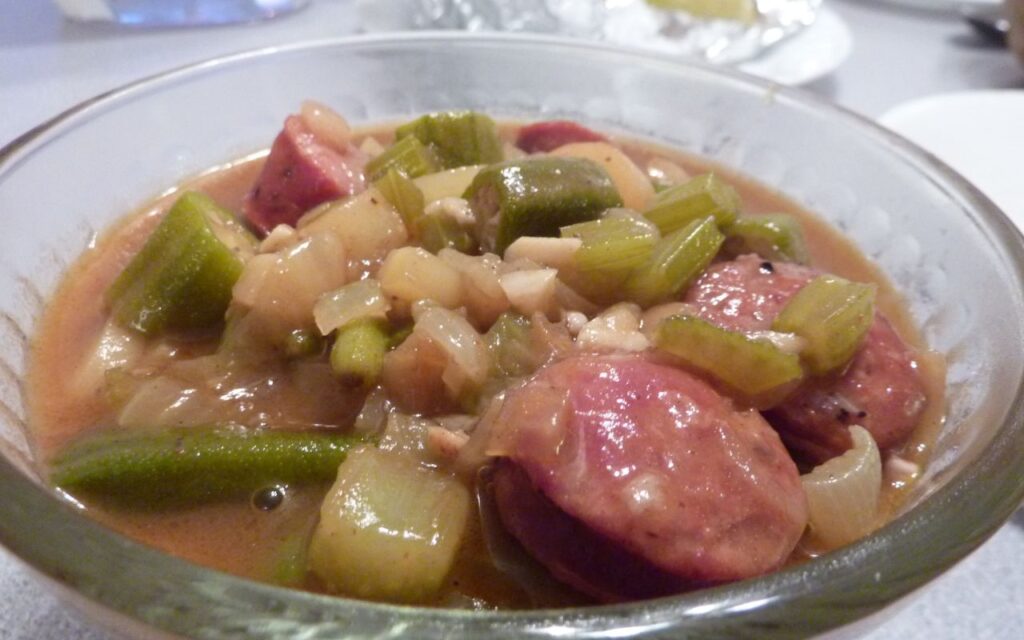
Okra, a crop brought from Africa, found a new home in Louisiana, where Black cooks combined it with local seafood and spices to create gumbo. Its thickening qualities gave the dish its signature texture, while the blending of African, Native American, and European ingredients reflected cultural exchange. Gumbo became a defining dish of Creole cuisine and a symbol of community gatherings. The recipe evolved across generations but still honors the ingenuity and adaptability of African culinary traditions that crossed oceans and took root in America.
3. Pit Barbecue and Smoking Techniques
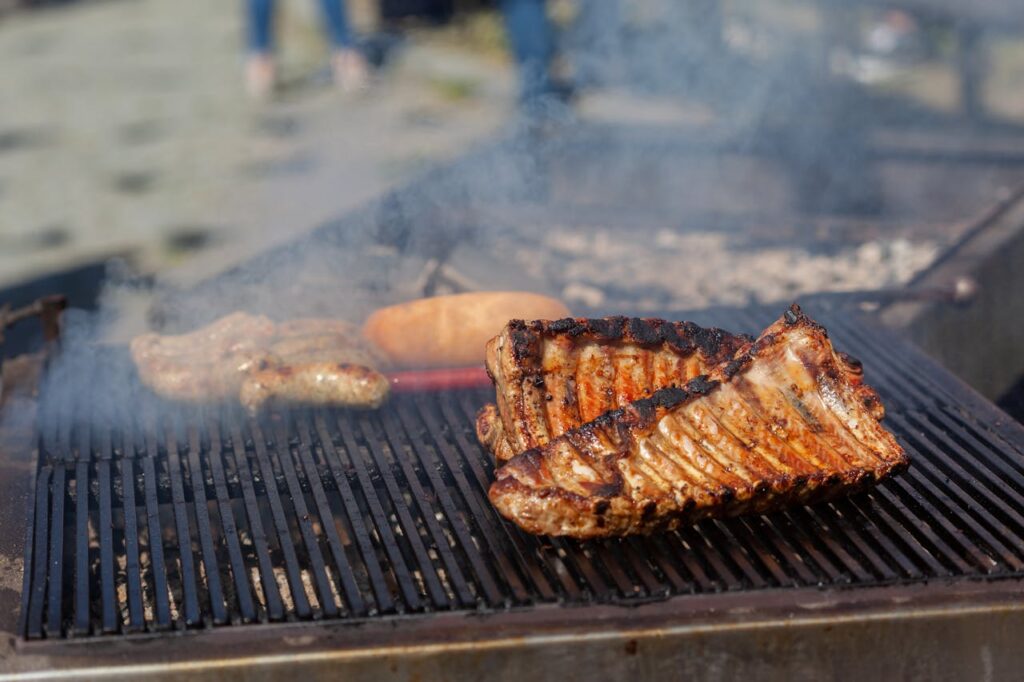
Barbecue in America owes much to Black pitmasters who perfected the art of slow cooking over wood fires. They developed expertise in smoke control, seasoning, and meat handling that transformed inexpensive cuts into tender, flavorful meals. Rooted in plantation and communal cooking traditions, their skills defined Southern barbecue styles that later spread nationwide. The communal smoke pit became both a workplace and a gathering space, turning food preparation into social art. Today’s barbecue culture still carries their craftsmanship and creative spirit.
4. Fried Chicken and Black Entrepreneurship

Fried chicken became a hallmark of Black culinary enterprise, with recipes passed down and refined through generations. Black cooks mastered seasoning blends, oil temperatures, and frying methods that delivered perfect crispness and flavor. During segregation, many women earned livelihoods selling fried chicken to travelers and laborers, building independent businesses in hard times. The dish evolved from survival cooking to cultural pride, symbolizing both heritage and resourcefulness. Its global popularity today traces back to those early innovators of flavor and skill.
5. The Rise of Soul Food as Identity and Resistance
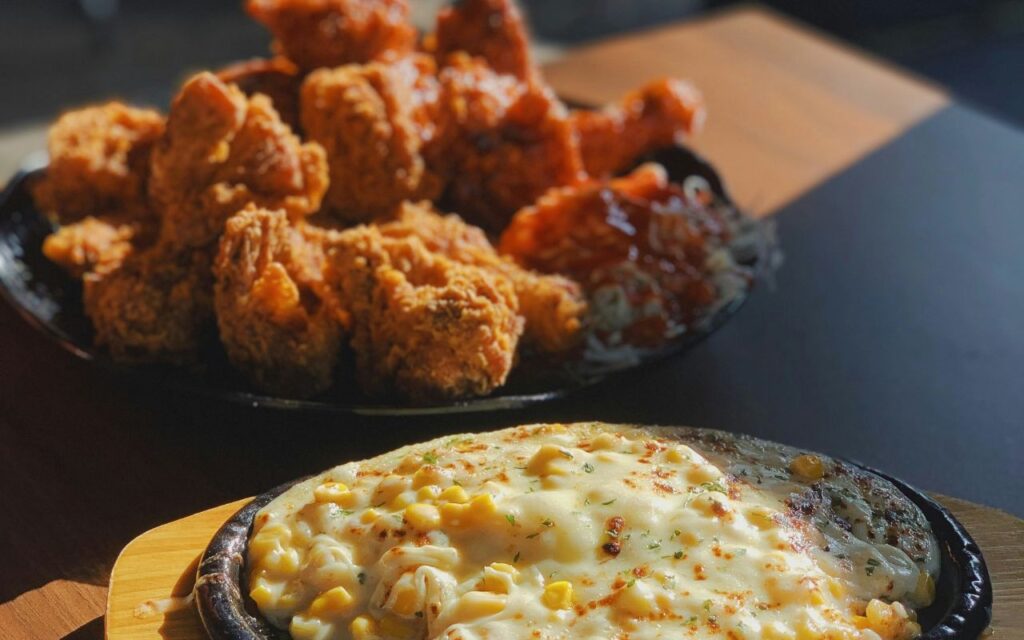
Soul food grew from necessity into celebration. Rooted in the resourceful cooking of enslaved Africans, it transformed humble ingredients into comforting, flavorful dishes such as collard greens, cornbread, and black-eyed peas. During the Civil Rights Movement, soul food became a statement of pride and community, honoring tradition while asserting cultural strength. Families passed recipes down as symbols of survival and identity. Today, soul food restaurants preserve this legacy, linking the taste of home to generations of resilience and joy.
6. Creole and Cajun Technique Translation
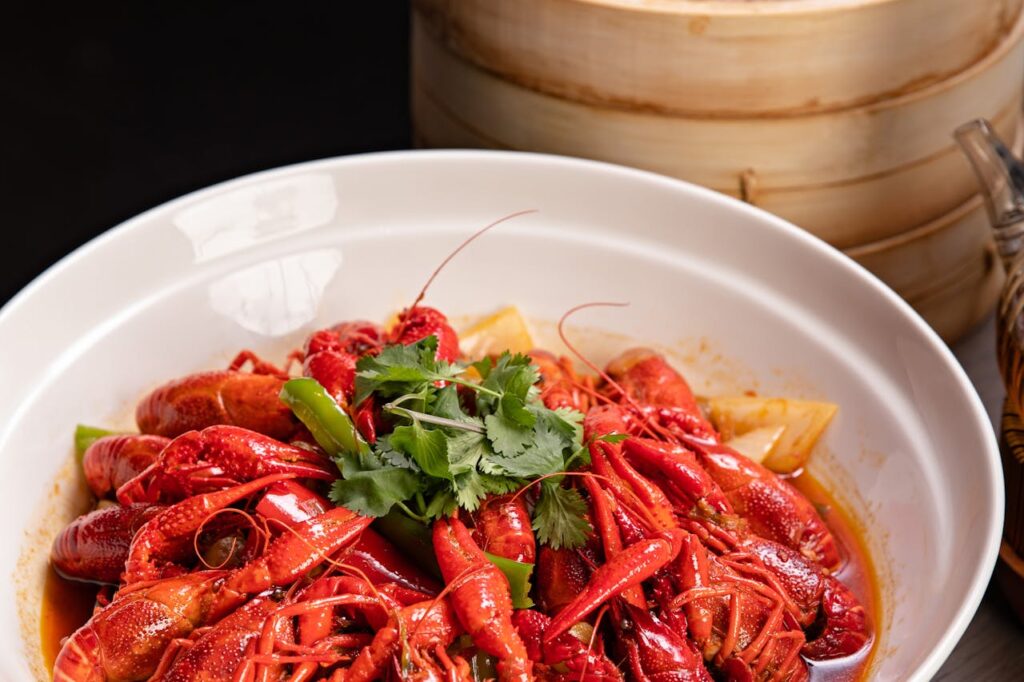
Black cooks in Louisiana blended African cooking with European methods to create Creole and Cajun cuisines. They mastered roux-making, seasoning bases, and stock preparation, adapting them with local seafood, rice, and vegetables. This fusion birthed signature dishes like jambalaya, étouffée, and gumbo, celebrated for depth and spice. Their culinary translation bridged cultures, transforming regional ingredients into distinctive American flavors. These kitchens became creative laboratories where African heritage shaped the evolution of fine dining and home cooking alike.
7. Black Restaurateurs and Civic Culinary Spaces

From early oyster houses to Harlem cafés, Black restaurateurs built more than businesses; they created community hubs. Entrepreneurs like Thomas Downing used food to gain independence and influence, elevating dining while supporting social causes. These establishments became safe spaces for discussion, art, and activism. Through perseverance and innovation, they introduced new flavor traditions and helped define American restaurant culture. Their legacy continues in modern Black-owned eateries that blend entrepreneurship with cultural storytelling and hospitality.
8. Preservation Techniques: Smoking, Curing, Pickling
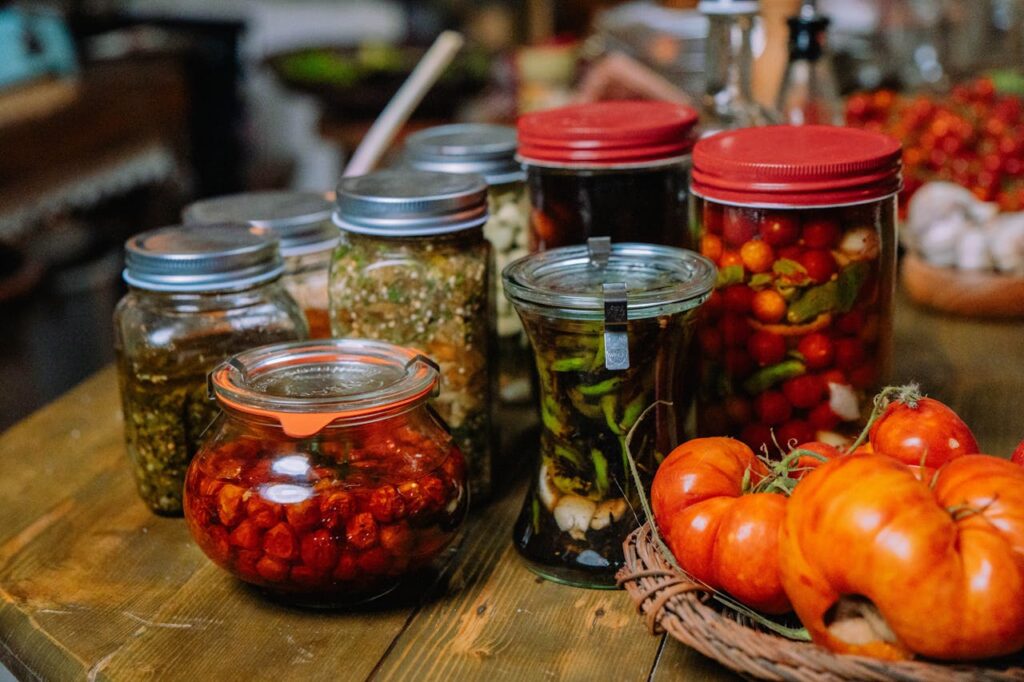
Preserving food was a creative art among Black cooks who used smoking, curing, and pickling to extend shelf life and build flavor. Techniques for curing meats, fermenting vegetables, and preserving greens were born of necessity but resulted in lasting culinary value. Smoked hams, pickled okra, and cured fish became staples in Southern kitchens, carrying forward African preservation wisdom. These methods shaped pantry traditions and remain central to regional cooking, proving that resourcefulness can create timeless flavor foundations.
9. Pastry, Desserts, and Technique Transfer

Black chefs trained in European kitchens and plantations introduced refined dessert methods to America, merging them with African flavor sensibilities. Figures like James Hemings blended French pastry skill with local ingredients, inspiring sweets such as sweet potato pie and custard puddings. These desserts balanced elegance and comfort, bridging cultural boundaries. Home bakers expanded the tradition, creating recipes rooted in both adaptation and artistry. The result is a dessert heritage that sweetens American cuisine with stories of creativity and skill.
10. Street Vending, Waiter-Carriers, and Food Networks

Street vendors and waiter-carriers were among the earliest Black entrepreneurs in food. They sold pies, oysters, and fried chicken to travelers and workers, building networks of taste and trust. Their businesses operated with efficiency and pride, introducing regional flavors to wider audiences. These informal economies provided independence and paved the way for catering and restaurant ownership. The mobile food traditions they began still thrive in today’s food trucks and markets, honoring their pioneering spirit of hustle and hospitality.





